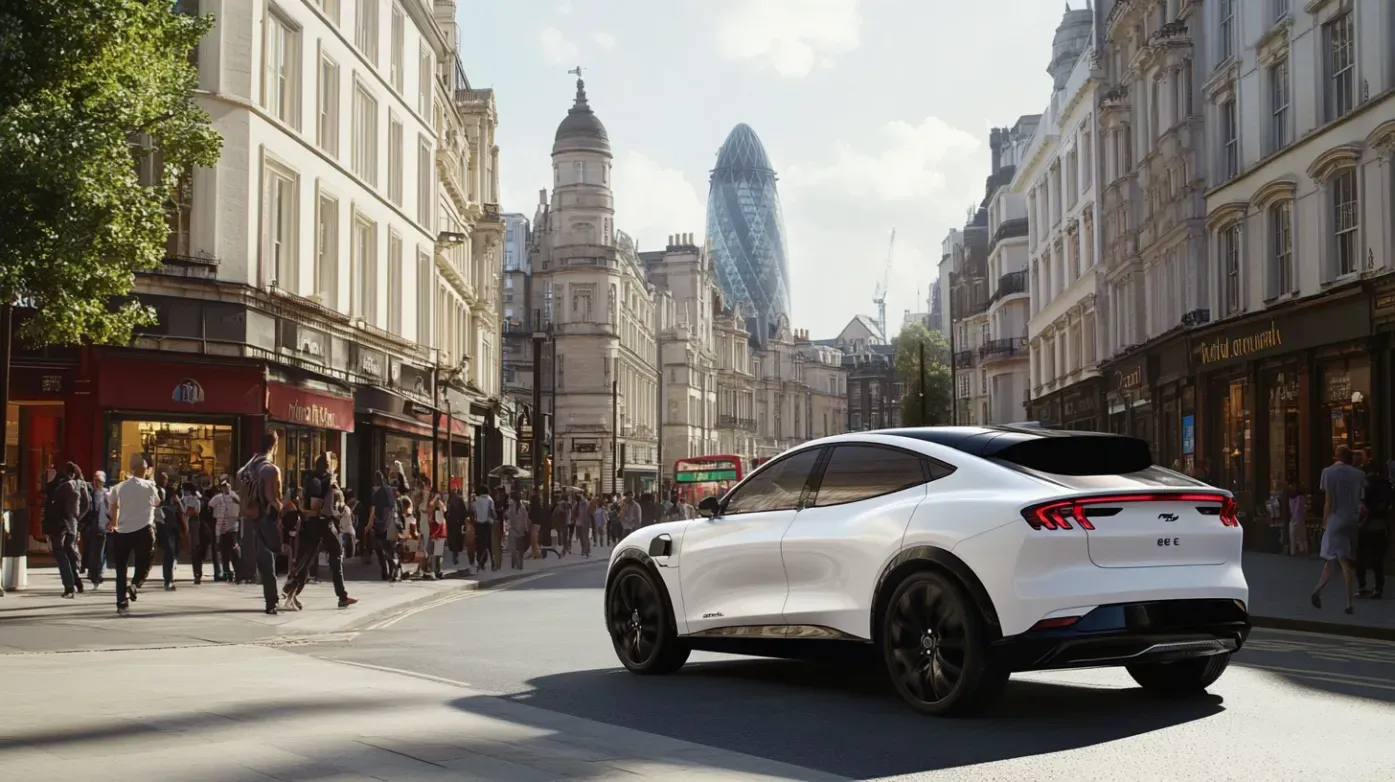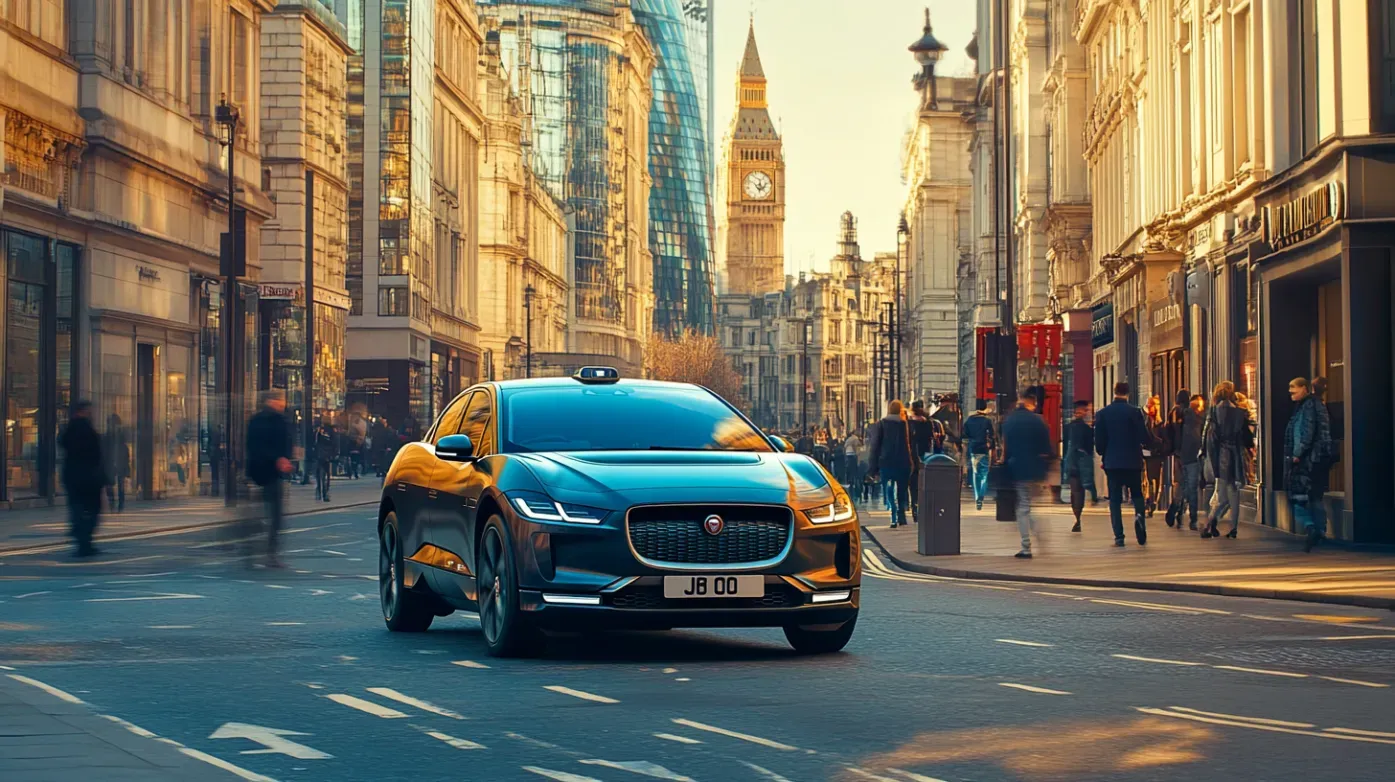Robotaxis Arrive Early – Is the UK Ready?
London’s streets are about to change. The UK government has fast-tracked Level 4 autonomous taxi and bus pilots—including partnerships like Uber and Wayve—to launch in spring 2026.
That’s a full year ahead of the original late-2027 schedule, thanks to the high-stakes ambitions of the Autonomous Vehicles Act. With projections forecasting £42 billion in economic impact and 38,000 jobs by 2035, this isn’t just tech talk—it’s a calculated policy shift
What makes Wayve’s tech stand out?
Wayve is taking a different route—literally. Their robotaxi uses end-to-end AI, rather than pre-mapped systems. That means the vehicle adapts to real-time conditions—jaywalkers, unexpected road closures, even falling debris. A recent journalist ride confirmed it handled London’s trickiest moments with surprising easethetimes.co.uk+8businessinsider.com+8aol.com+8. But experts remind us: London is chaotic, and unpredictable scenarios could still trip up the AI.
Why the government pushed the timeline
The accelerated timeline points to strategy. The UK wants to claim leadership in AV tech, steal a march on the US and China, and attract investors. Regulatory frameworks are being reinforced to ensure safety standards meet or exceed human drivers—while still fostering innovation businessinsider.comft.com.
Not everyone’s cheering
Yet not everyone is thrilled. A local policy in Derby is triggering protests: private-hire drivers must now have vehicles under five years old to be first-licensed. For many, that means a £15,000 hit if their car’s written off. Nearly 300 have signed a petition—and a Licensing Committee hearing is scheduled for June 26, 2025 taxi-point.co.uk+6phtm.co.uk+6derby.gov.uk+6.
This illustrates a broader question: how do emerging technologies mesh with existing livelihoods? You can’t deploy robotaxis in a void. Drivers depend on the status quo, and disruptions risk being seen as threats—not opportunities.
What needs to happen next
For robotaxis to take off, the rollout must tackle:
- Trust and transparency – People need to see how AI makes decisions.
- Inclusive policy – Protect those whose jobs may shift or vanish.
- Local adaptability – Recognize that rules in Derby matter as much as trials in London.
Pilot schemes will offer proof of concept. Wayve’s ride was a glimpse of a driverless future. But the real test isn’t just technical—it’s social. If regulators, fleets, drivers, and commuters are engaged, the UK could lead the AV revolution. But if rollout sidelines anyone, those same advances risk losing public faith—and momentum.
You might also like






